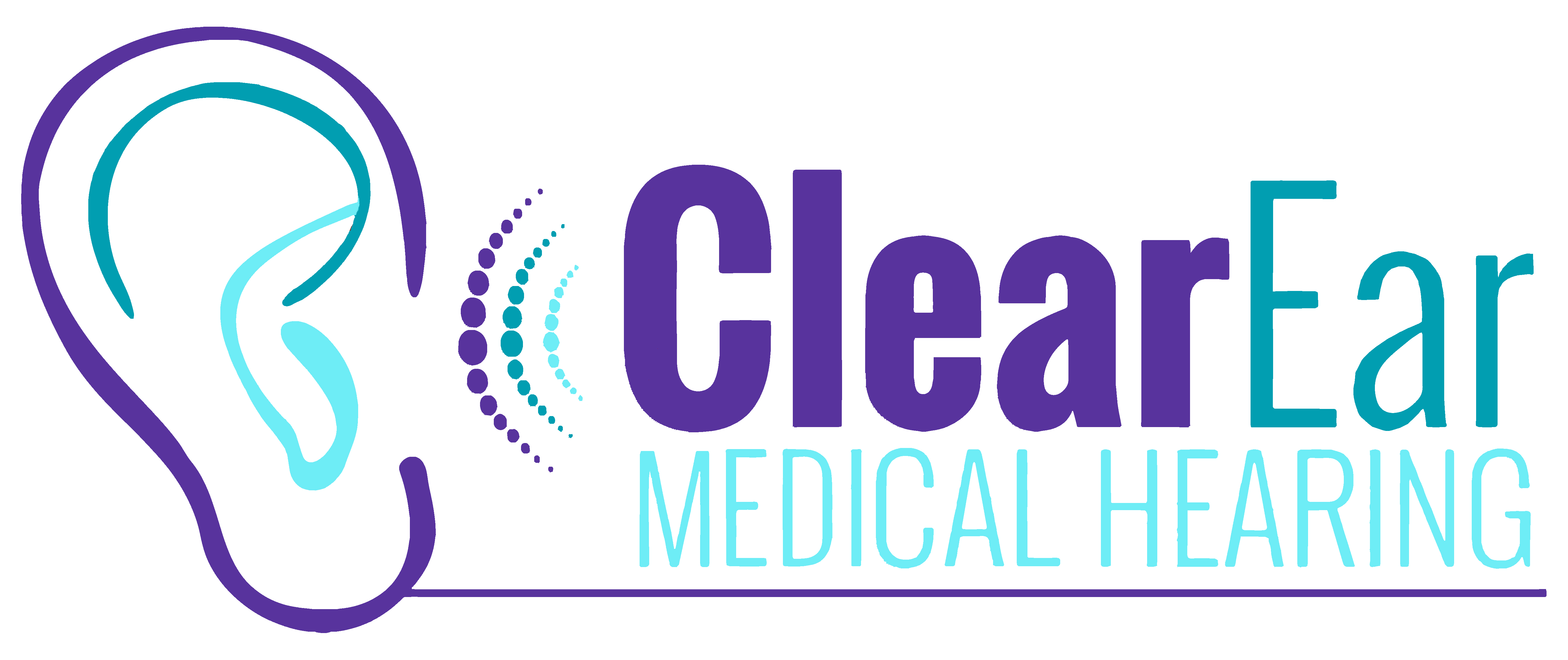Hearing aids are an often misunderstood device. They’re usually associated with seniors because of how common it is to suffer from hearing loss at an older age, but did you know that millions of people in America alone suffer from it? Hearing loss is a condition that, much like the tool designed to alleviate it, is misunderstood. So to help you out, we’re going to be talking about hearing aids and three of the most commonly asked questions surrounding them.
WHAT DO HEARING AIDS ACTUALLY DO?
Hearing aids are actually very simple in concept. They consist of a microphone that picks up the sound around you and a speaker that plays the sounds back into your ear. The device is small enough to fit into the canal of your ear, but they can also be placed behind your ear. In recent times, more advanced styles of hearing aid have been appearing. These mix different types of technology that enable users to tune the sounds they hear to their liking, and they have the ability to set different profiles to change the way they hear the world around them.
HOW CAN HEARING AIDS HELP ME?
Hearing aids are designed to easily give you back one of your most important senses. Hearing loss is often associated with problems such as dementia due to the mental strain it puts on you, and hearing aids are designed to alleviate that potential risk in addition to amplifying the sounds around you. Hearing aids can also give you confidence in yourself when it comes to social situations. Hearing aids also help with keeping your brain active. It helps to understand conversations and not just volume.
WHAT TYPES OF HEARING AIDS ARE THERE?
Your hearing care provider will typically give you a selection of hearing aids to choose from. These will range in size and function and the correct one often depends on what your needs are. For instance, some people pick hearing aids that are more discreet because they don’t want questions being raised about the hearing aids. Some hearing aids stream right to your smart phone so you don’t have to carry additional accessories. Here are the basic types of hearing aids:
-
Invisible in canal (IIC) – These are custom-made to fit farther into your ear canal than other styles, making them seem completely invisible unless you look very closely.
-
Completely in canal (CIC) – CICs are also made to be fit snug into the canal of your ear and go deeper than IICs.
-
In the canal (ITC) – ITCs are designed for mild to mildly severe hearing loss and work similarly to IIC and CICs, with the exception that they sit closer to the opening of the ear.
-
In the ear (ITE) – ITEs are much more visible, but thanks to their size, they’re able to last much longer and provide significant amplification.
-
Receiver in canal (RIC) – These are small units that sit behind the ear. A thin electrical wire is used to carry the sound from the unit into the ear. These are also the most popular.
-
Behind the ear (BTE) – Similar to RIC, but instead of using a wire it uses a clear plastic tube that directs the sound in your ear.
These are the main styles of hearing aids that your hearing specialist will recommend to you. They all have different advantages, so it’s important to look at what they offer and how they could fit into your lifestyle.


Recent Comments